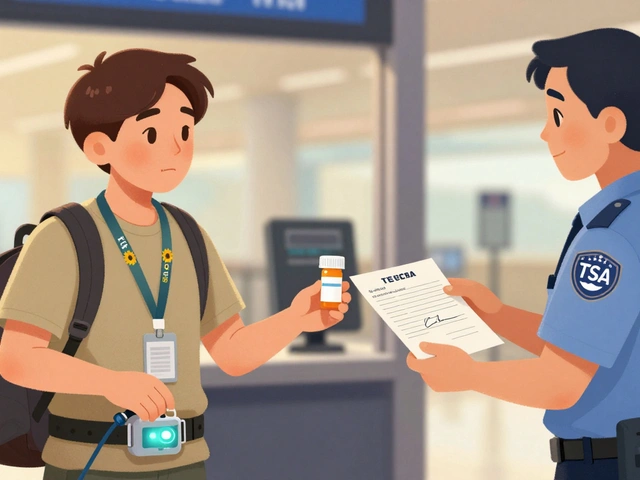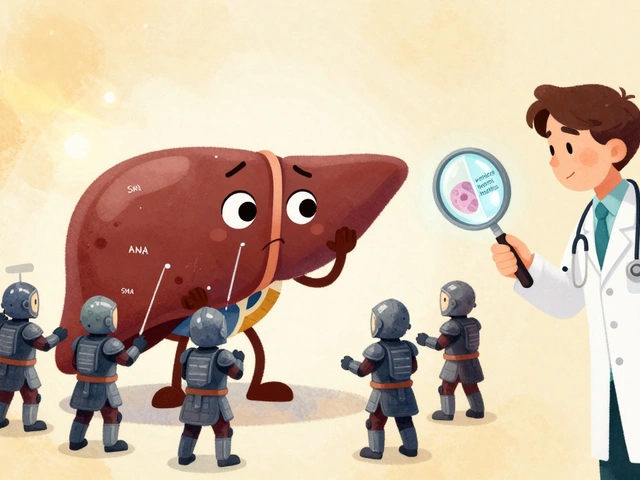
Constipation from Opioids: Causes, Relief, and What Works
When you take opioids for pain, constipation from opioids, a frequent and often overlooked side effect caused by how these drugs slow down the digestive tract. Also known as opioid-induced constipation, it’s not just a nuisance—it can make daily life harder, reduce your quality of life, and even lead you to skip pain meds you actually need. This isn’t rare. Studies show up to 80% of people on long-term opioids deal with it. And unlike temporary constipation from diet or travel, this one sticks around as long as you’re on the medication.
Why does this happen? Opioids bind to receptors in your gut, not just your brain. They slow down the muscle contractions that move food through your intestines. Water gets sucked out of your stool, making it hard, dry, and tough to pass. You might feel bloated, full, or like you haven’t emptied completely—even if you’re trying. Over time, your body can get used to the effect, so typical fixes like fiber or water don’t always work. That’s why laxatives for opioid users, specialized stool softeners and stimulants designed to counteract opioid effects are often needed. Not all over-the-counter options are equal. Some, like magnesium citrate or senna, can help, but others may not touch the root cause. Prescription options like methylnaltrexone or naloxegol are made specifically for this problem—they block opioids in the gut without reducing pain relief.
It’s not just about pills. Moving more—even a short walk—can kickstart your bowels. Drinking enough water matters, but it’s not enough on its own. Eating fiber helps, but too much too fast can make bloating worse. Many people try to tough it out, thinking it’s just part of the deal. But you don’t have to. Managing this isn’t about giving up pain control—it’s about making sure you can live well while managing it. The posts below cover real-world strategies: which medications actually work, what to avoid, how to talk to your doctor about it, and how other people have found relief without switching pain treatments. You’ll find comparisons of treatments, tips on timing and dosage, and insights from people who’ve been there. This isn’t guesswork. It’s what works.
-
27 Oct






